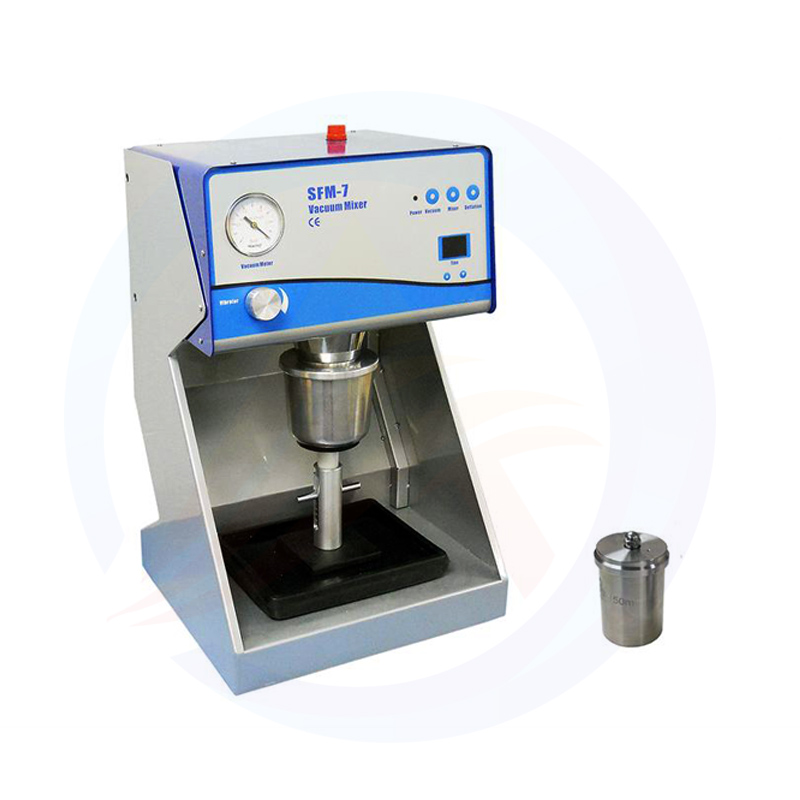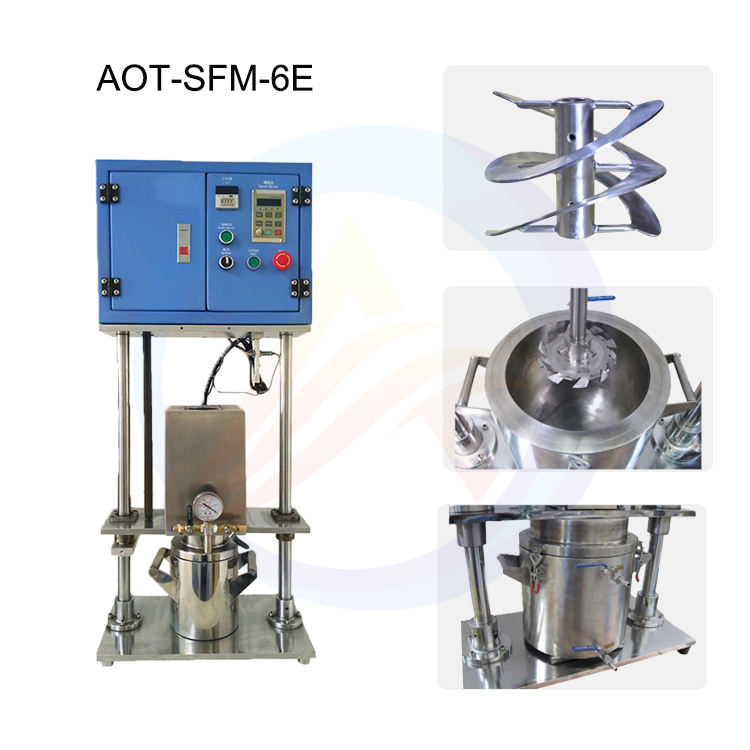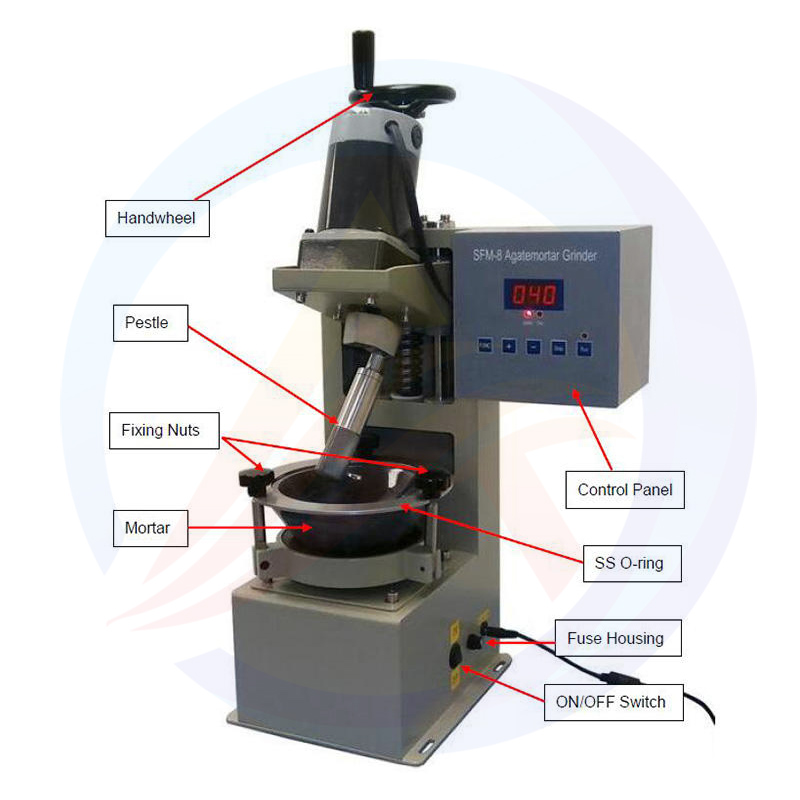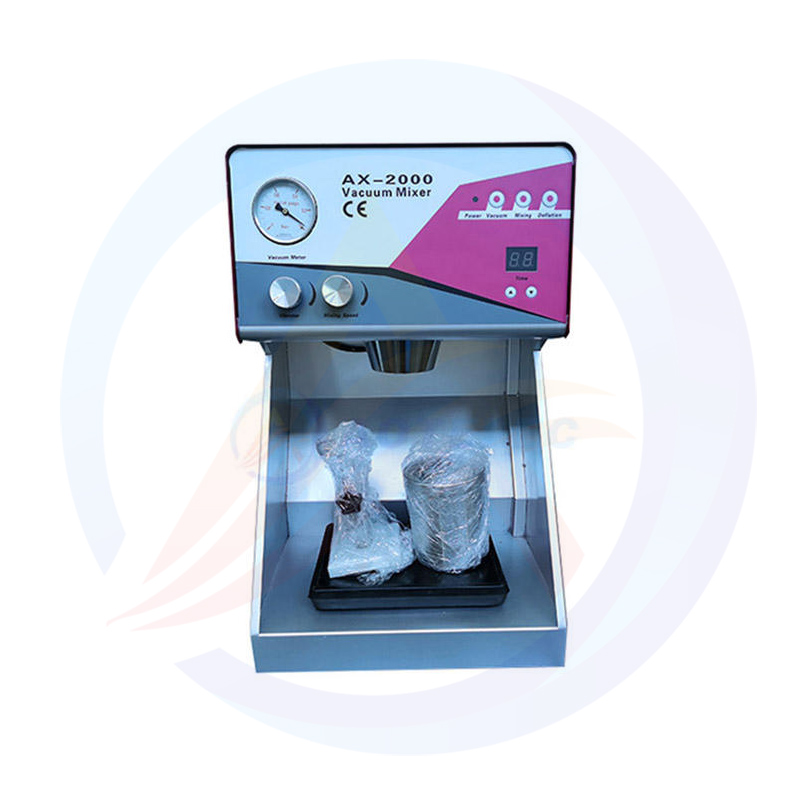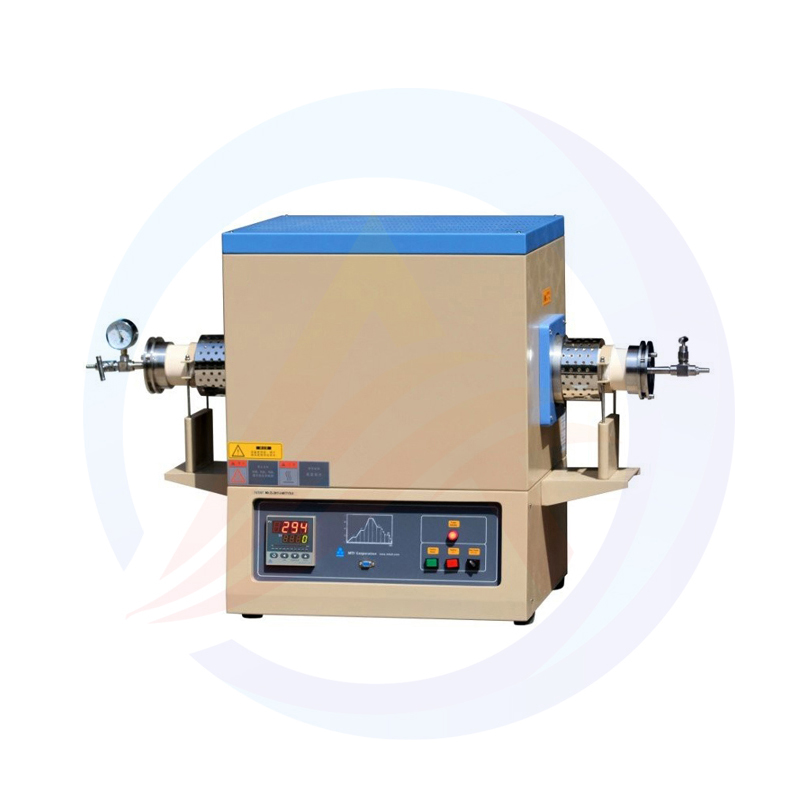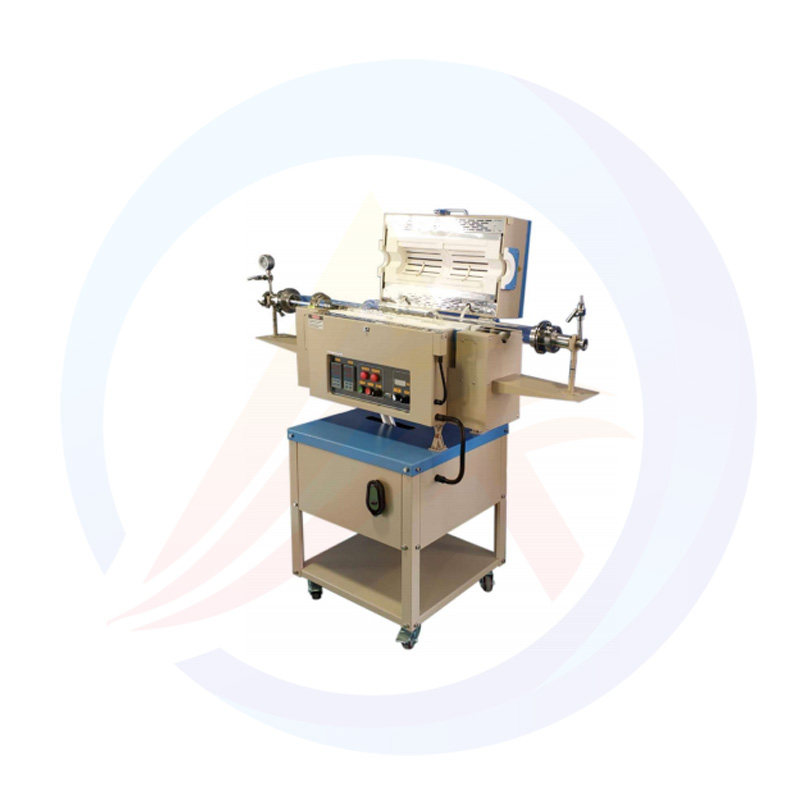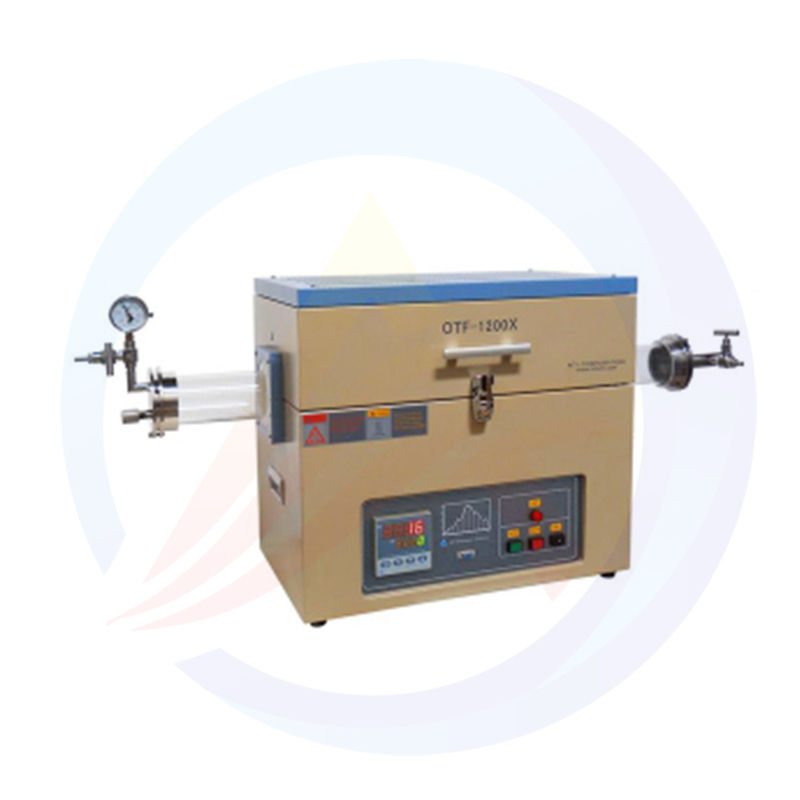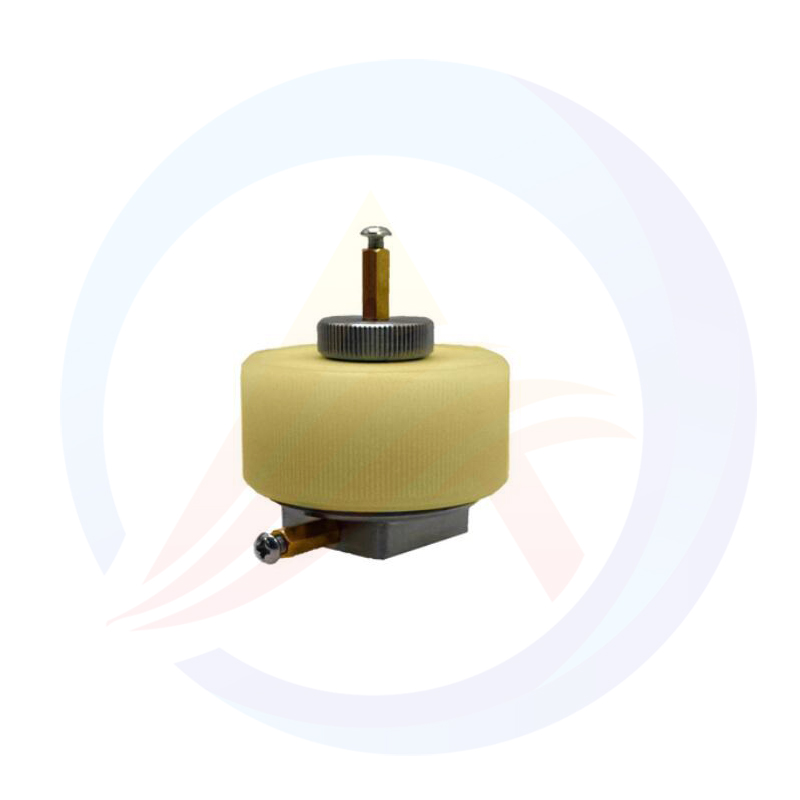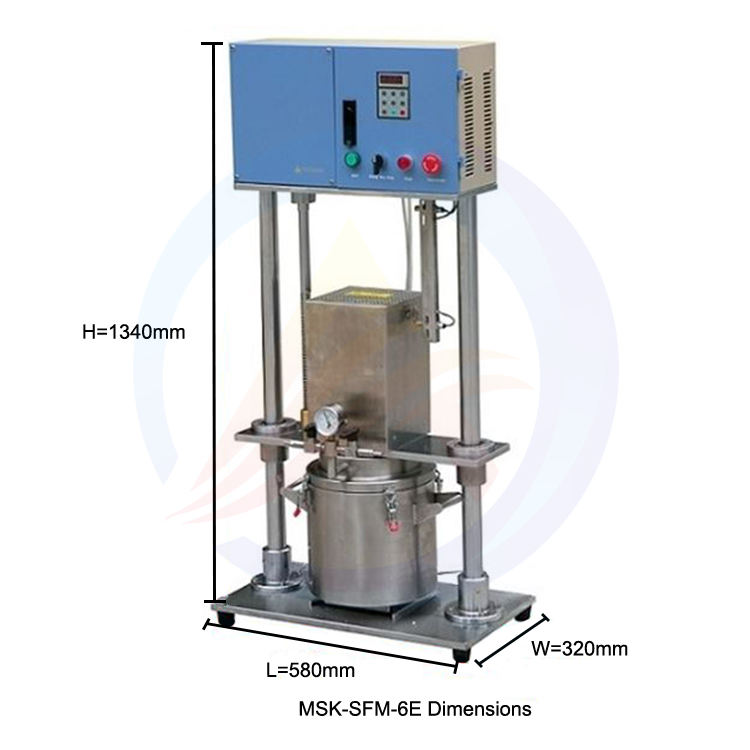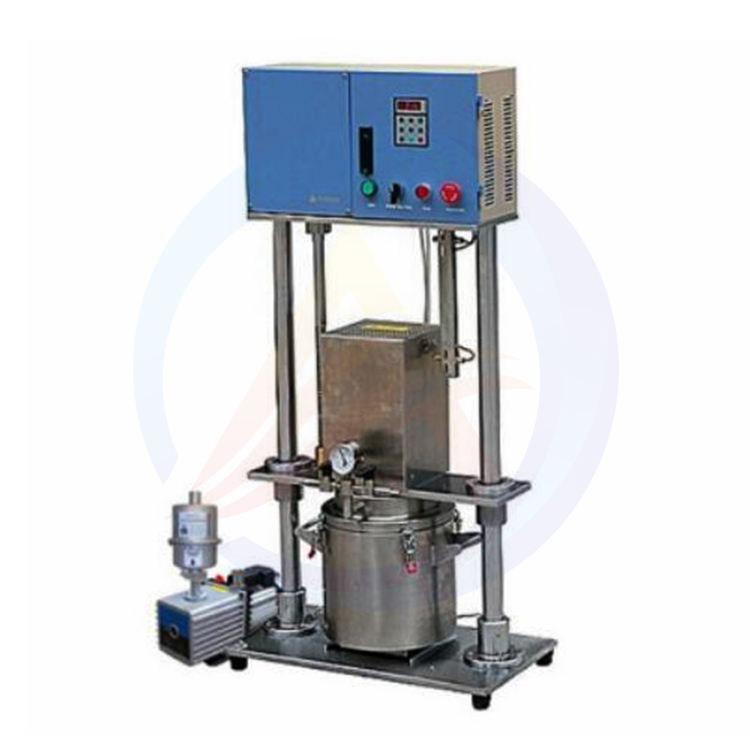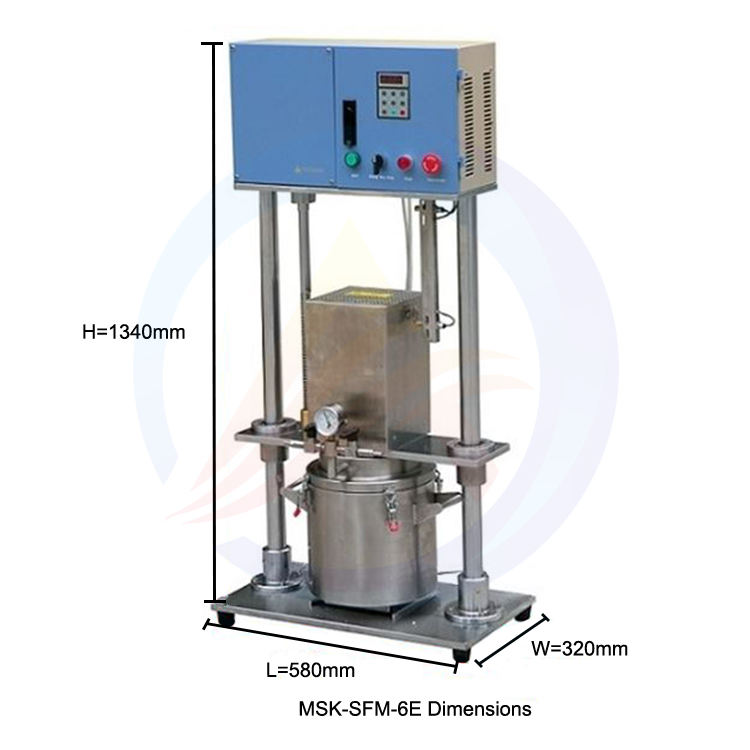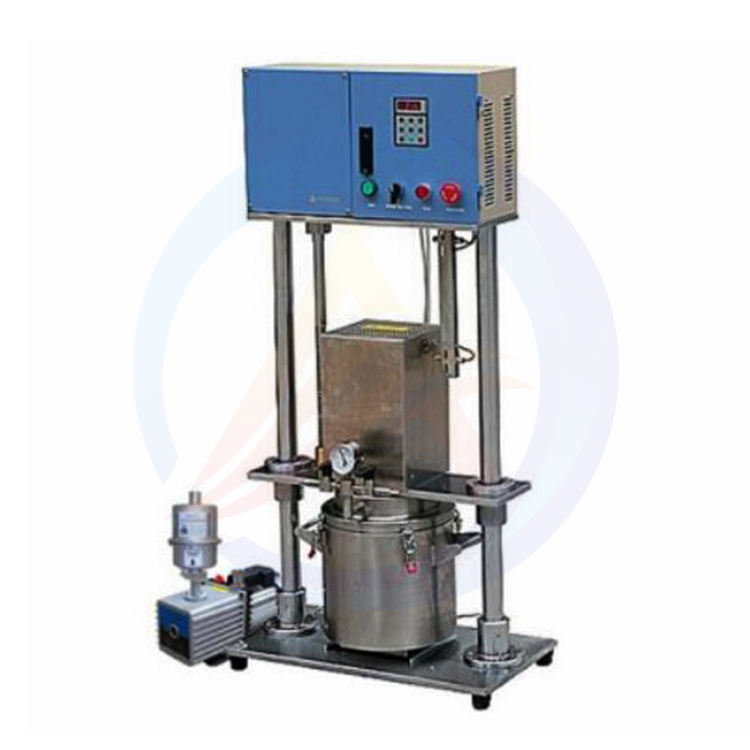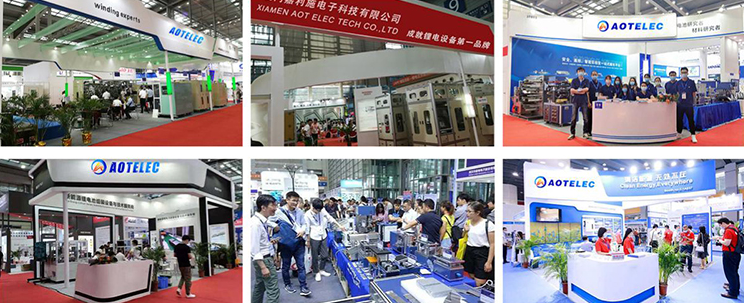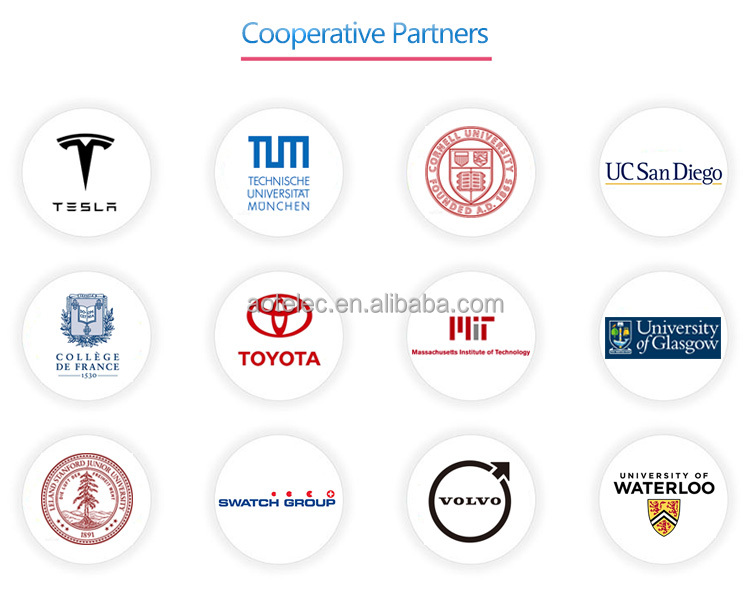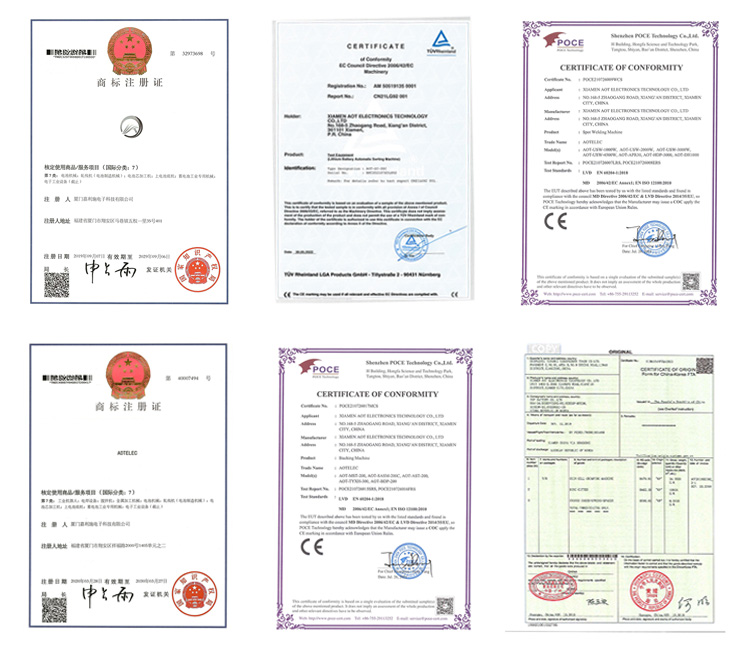
-
Home
-
Products
- Ball Mill
- Lab Furnace
- Battery Mixer Machine
- Battery Coating Machine
- Roller Press
- Electrode Slitting Machine
- Electrode Die Cutting Machine
- Battery Stacking Machine
- Battery Winding Machine
- Battery Sealing Machine
- Battery Spot Welding Machine
- Vacuum Glove Box
- Battery Tester
- Cylindrical Battery Pack Assembly Machine
-
Drying Oven
-
News
- Case
- Factory Show
-
Contact Us
- About Us
-
Videos
